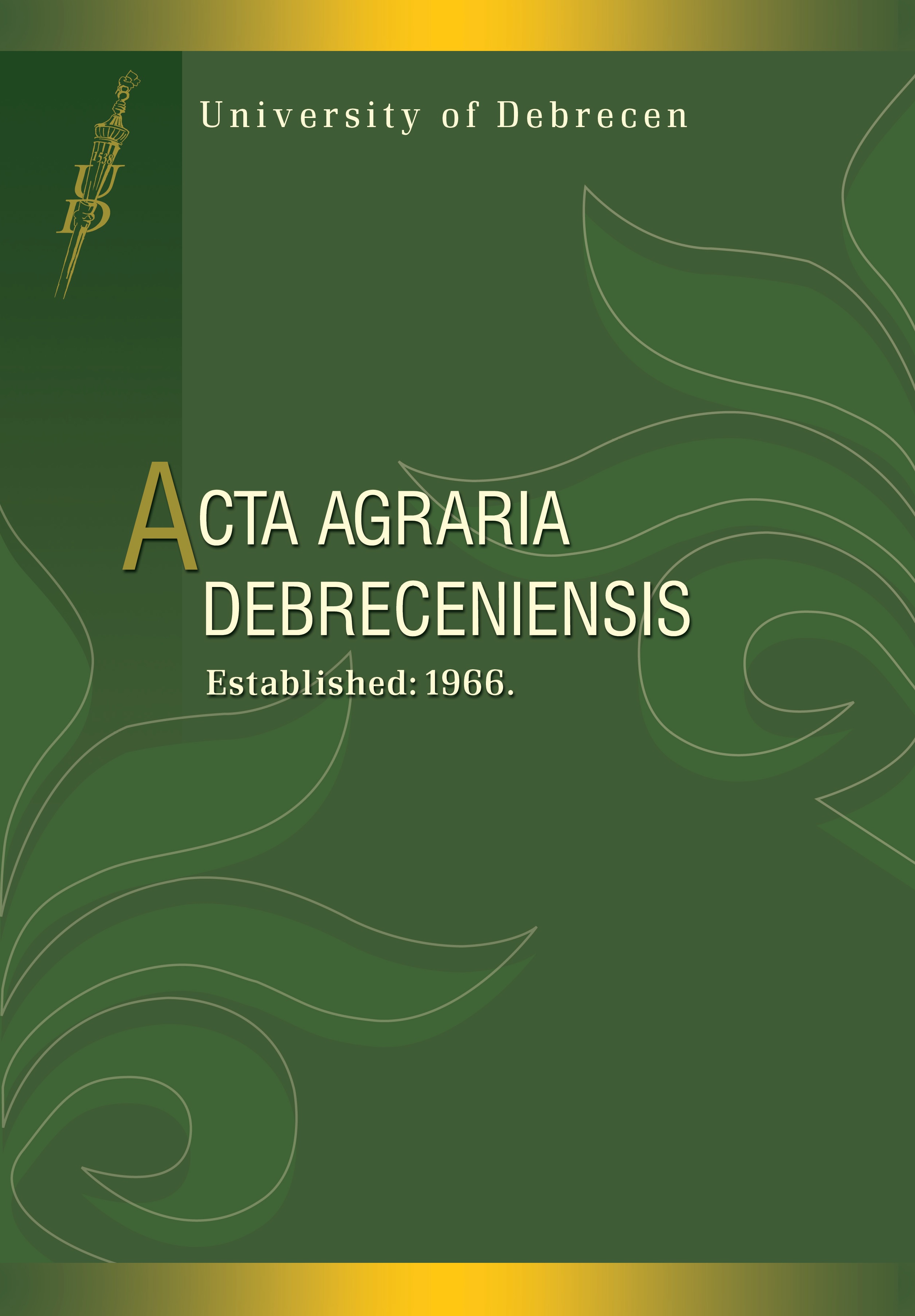Changes of relative chlorophyll content at maize smut inoculated hybrids
Authors
View
Keywords
How To Cite
Abstract
The leaf chlorophyll content analysis is important for several reasons. The natural or anthropogenic stressors directly effect on the chlorophyll content. Through the measurement of the chlorophyll content it is possible to obtain data concerning the physiological status of the plant, moreover the chlorophyll content is closely related to the nitrogen content, so it is linked to photosynthesis and the photosynthetic activity which determine biomass production.
One of the most common symptoms of plant diseases is the larger and smaller interveinal chlorotic areas. These might be local, or expand to the whole plant. There are multiply reasons of chlorosis such as reduction of chlorophyll content, unfavorable effects on the chlorophyll content,disorders regarding function of chloroplasts or ultimately destruction of the chloroplasts. Although such a chlorotic deviancy can contribute to significant losses in photosynthesis; however the underperformance photosynthesis of the sick plants is a more complex process.
As we unambiguously experienced during our investigations on common smut that the infected maize plants most common accompanying symptom was chlorosis on the leaves, so it is especially important to examine how the infection influenced on the chlorophyll content of different hybrids.

 https://doi.org/10.34101/actaagrar/72/1587
https://doi.org/10.34101/actaagrar/72/1587